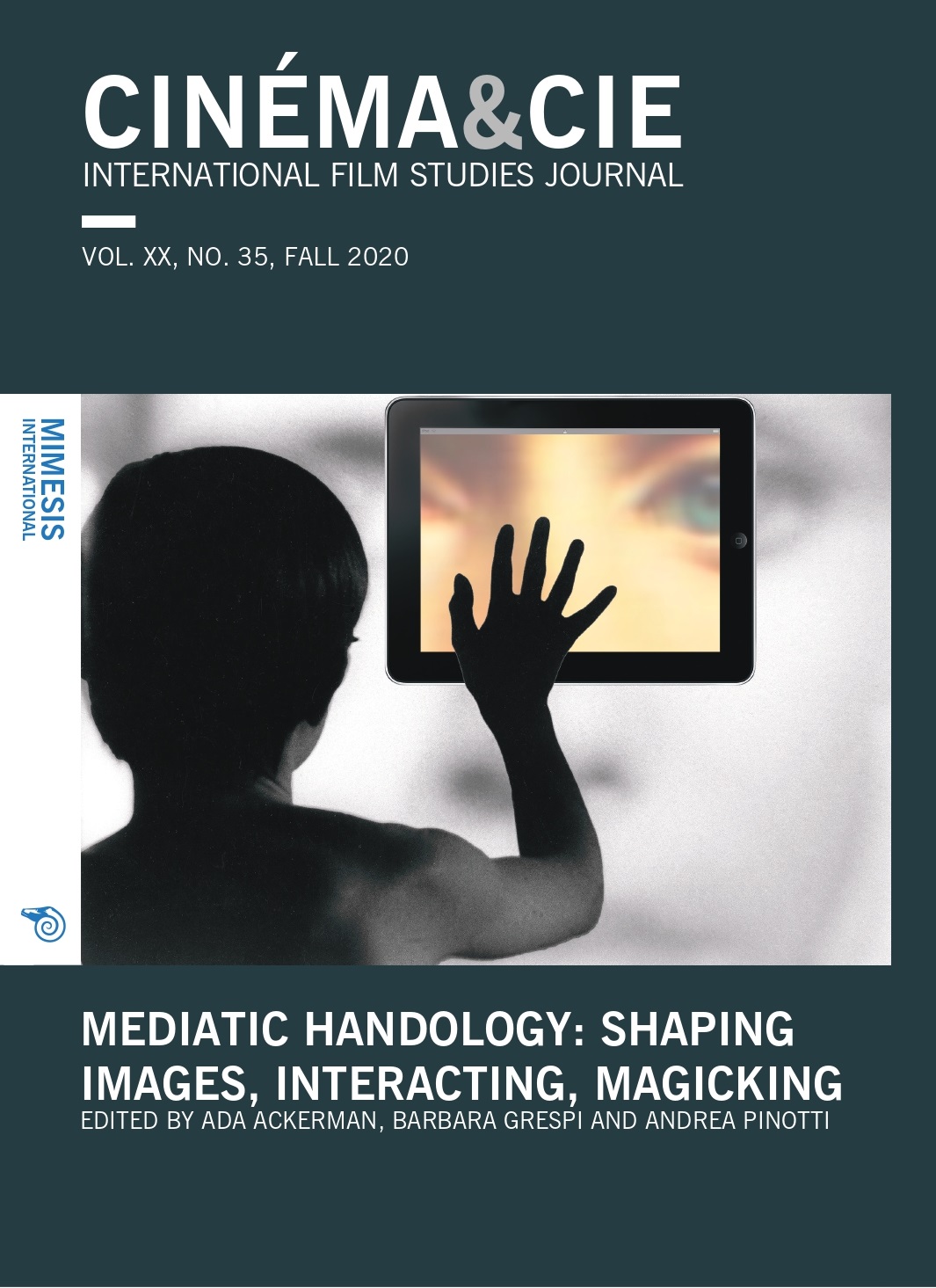Hands-on Film: Media Archaeology as Gestural Practice
Abstract
This article explores the necessity of gestures for film analysis and argues for a conception of media archaeology as gestural practice. Celluloid film copies are not only projected and watched but also touched repeatedly: they are put together and taken apart again, collected, restored and stored — or, on the contrary, forgotten, sorted out and destroyed. Each individual film is an equally fragile material thing with a micro-history of its own. The broad spectrum of gestures practiced in handling films will be examined on the basis of three examples dating from the 1990s where video technology became an important tool: first, Interface (Schnittstelle, Harun Farocki 1995) and Playback (Hartmut Bitomsky 1995), which demonstrate a self-reflective practice of film analysis whereby pointing to details of the arrested images or touching a film strip with the fingertips are crucial gestures. Second, I analyse the careful handling of archival material in Transparencies (Trasparenze, Yervant Gianikian and Angela Ricci Lucchi 1998), in which the authors re-filmed severely damaged footage recorded during World War I, and examined it frame by frame in a gestural way. What is at stake here is a rethinking of how to archive films and the need for what I call an ‘ecology of archiving’.






